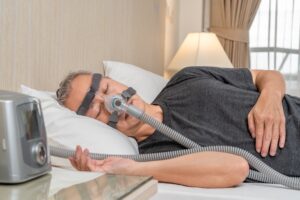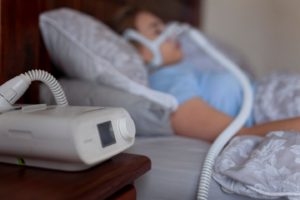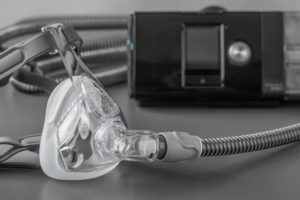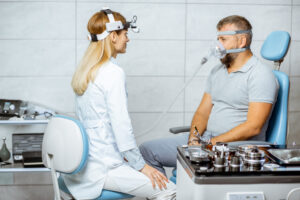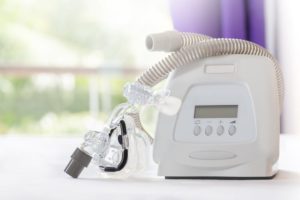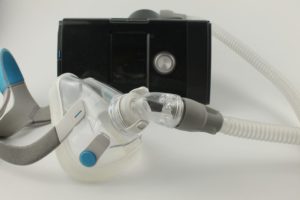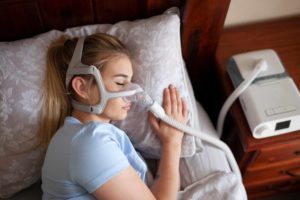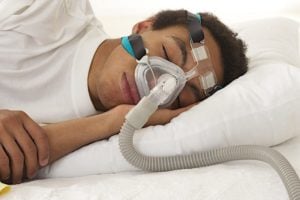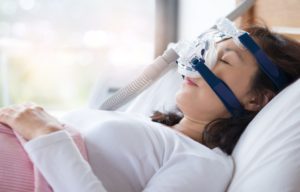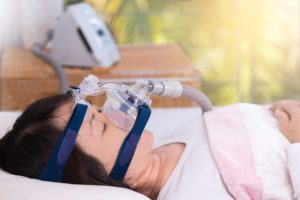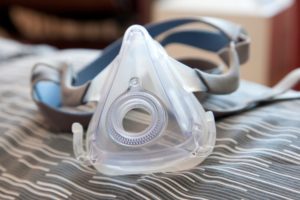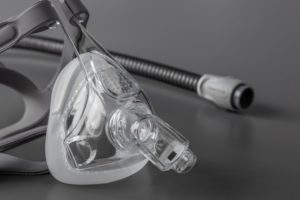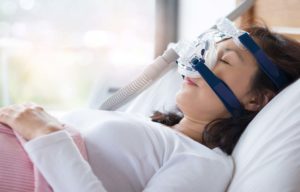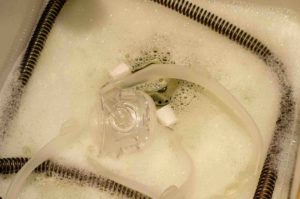How Often Should You Replace Your CPAP Mask?
Swap Regularly, Sleep Comfortably
Table of Contents
Continuous positive airway pressure (CPAP) therapy is the leading treatment for obstructive sleep apnea (OSA), but its effectiveness is dependent on the condition of equipment, like your CPAP mask. Alongside cleaning your equipment as directed by the manufacturer, the best way to keep your CPAP mask in good condition is by replacing its worn parts.
While CPAP machines can last for many years, the components of CPAP masks deteriorate with use and should be replaced on a regular schedule. Not all damage is visible, so adhering to this schedule is the best way to ensure that you’re receiving the full benefit of your CPAP therapy.
To help you better understand how often you should replace your CPAP mask, we’ll walk you through the suggested schedule and explain why each component needs to be replaced as often as it does.
Why Do CPAP Masks Need to Be Replaced?
CPAP masks touch your skin while directing the pressurized air produced by your CPAP machine, which means that they are exposed to the deteriorating effects of skin oil and debris. Some parts of the mask, such as headgear and tubing, can also weaken by being stretched and bent regularly.
Keeping your equipment clean can help it last, but you should still replace it according to the suggested schedule. Even if your CPAP mask looks clean and in good condition, it may be damaged in a way that increases the likelihood of leaks, bacterial growth, and skin irritation. CPAP mask leaks are uncomfortable and can lower the air pressure level that you receive, which reduces the effectiveness of your CPAP therapy.
CPAP Mask Replacement Schedules
The suggested timeline for replacing your CPAP mask components — the frame, cushion, headgear, and tubing — can vary depending on your mask’s manufacturer and the type of CPAP mask you have. But, most follow a similar schedule.
Insurance providers with CPAP coverage often have their own schedule for how often they will cover replacement components. Since these schedules can vary among providers, it’s important to double-check your policies before following the timeline we’ve outlined below.
In addition to following a replacement schedule, you should also inspect your equipment when cleaning it and replace components if they become visibly damaged.
| Mask Part | Replace Every… | Why? |
|---|---|---|
| Mask Frame | Every 6 months | The frame provides a support structure for the entire mask and can cause leaks when it begins to bend or lose its shape. |
| Mask Cushion/Nasal Pillows | Every 1 to 3 months | Cushions and pillows soften and deteriorate when exposed to skin oil and debris, which then reduces their ability to create a tight seal and conform to the shape of your face. Deteriorating cushions can also harbor bacteria that may cause skin irritation. |
| Mask Headgear/Chin Strap | Every 6 months | Headgear and chin straps become stretched-out and lose their elasticity with use. Although it might seem tempting to tighten your headgear and carry on, the lack of elasticity changes the fit of your mask and can cause leaks or uncomfortable pressure points. |
| Mask Tubing | Every 3 to 6 months | As it bends and flexes, CPAP mask tubing can develop small cracks and tears that may not be visible to the naked eye. |






